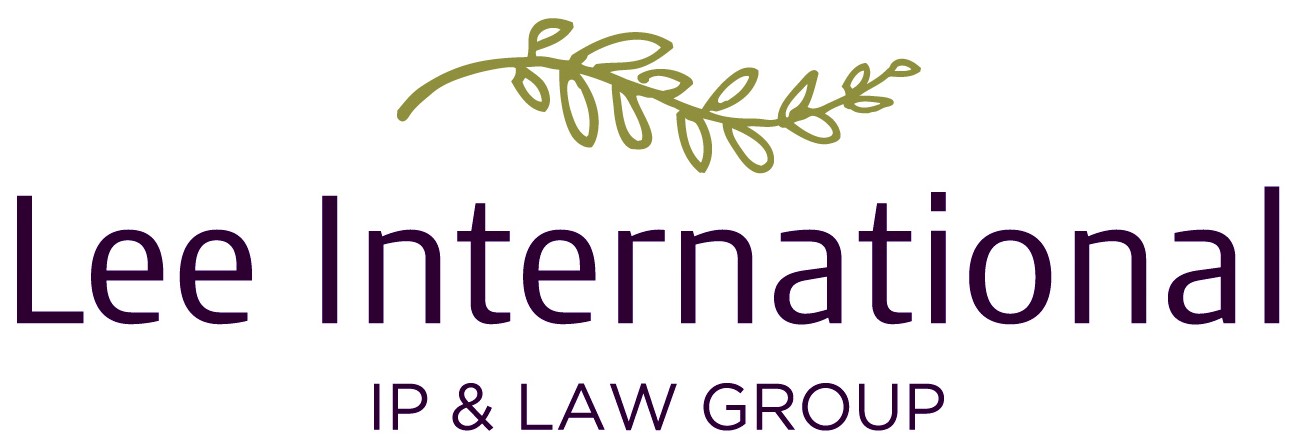 By Seung-Hun Lee, Lee International
By Seung-Hun Lee, Lee International
E: shlee42@leeinternational.com
Recently in Korea there have been an increasing number of copyright infringement cases brought by the holders of copyrights in font files. Such claims have been initiated against many people, especially business operators, who are alleged to have used font files that are protected under copyright law when making signs, printed advertisements and other documents.
The Korean Supreme Court has held that a font itself cannot be copyrighted (Supreme Court Decision 94Nu5632), but a font file (an array of different font styles and designs that can be selected for use in connection with computer writing and printing programs) can be copyrighted as a computer program (Supreme Court 99Da23246). According to the Supreme Court judgment, the act of using a font itself does not constitute infringement of a copyright. But the act of “implementing” a font file (copying a copyrighted font file to obtain a font from that file) will constitute infringement of a copyright.
Unfortunately, the case decision itself is not a model of clarity. It does not draw a clear distinction, nor does it provide guidance as to the difference between using a font and “implementing” a font file. As a consequence, many of those who claim copyright infringement do not understand the decision and they make no effort to determine whether the alleged violators copied the claimant’s copyrighted font file or simply used the font after obtaining it from another source.
As explained above, the Korean Supreme Court denies copyright eligibility and establishment of a copyright for a font itself. Thus a copyright holder of a font file cannot prevail on a claim of copyright infringement simply because certain advertisements or signs used a font that was designed by the claimant. The claimant copyright holder must prove that his/her font file was actually copied to produce such advertisements or signs.
Therefore, to succeed on such a claim, a copyright holder of a font file must collect evidence to demonstrate the foregoing before he/she initiates a copyright infringement action based on a font file. Conversely, in defending against such a claim, the alleged violator should be prepared to explain where and how the font was obtained so as to demonstrate that it came from a source other than a copyright protected font file.

E: shlee42@leeinternational.com
T: 82 2 2262 6288
F: 82 2 2279 5020


